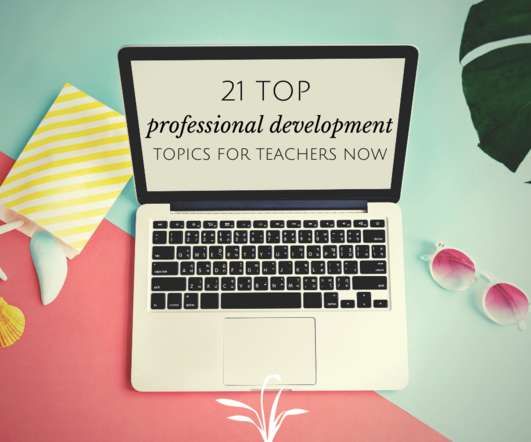21 Top Professional Development Topics For Teachers Now
The CoolCatTeacher
JUNE 3, 2021
Relationship over reproach: Fostering resilience by embracing a trauma-informed approach to elementary education. Skills for online engagement with students who are experiencing anxiety (and trauma) can be especially helpful for educators struggling with student disengagement in online classrooms. Learn More.















Let's personalize your content